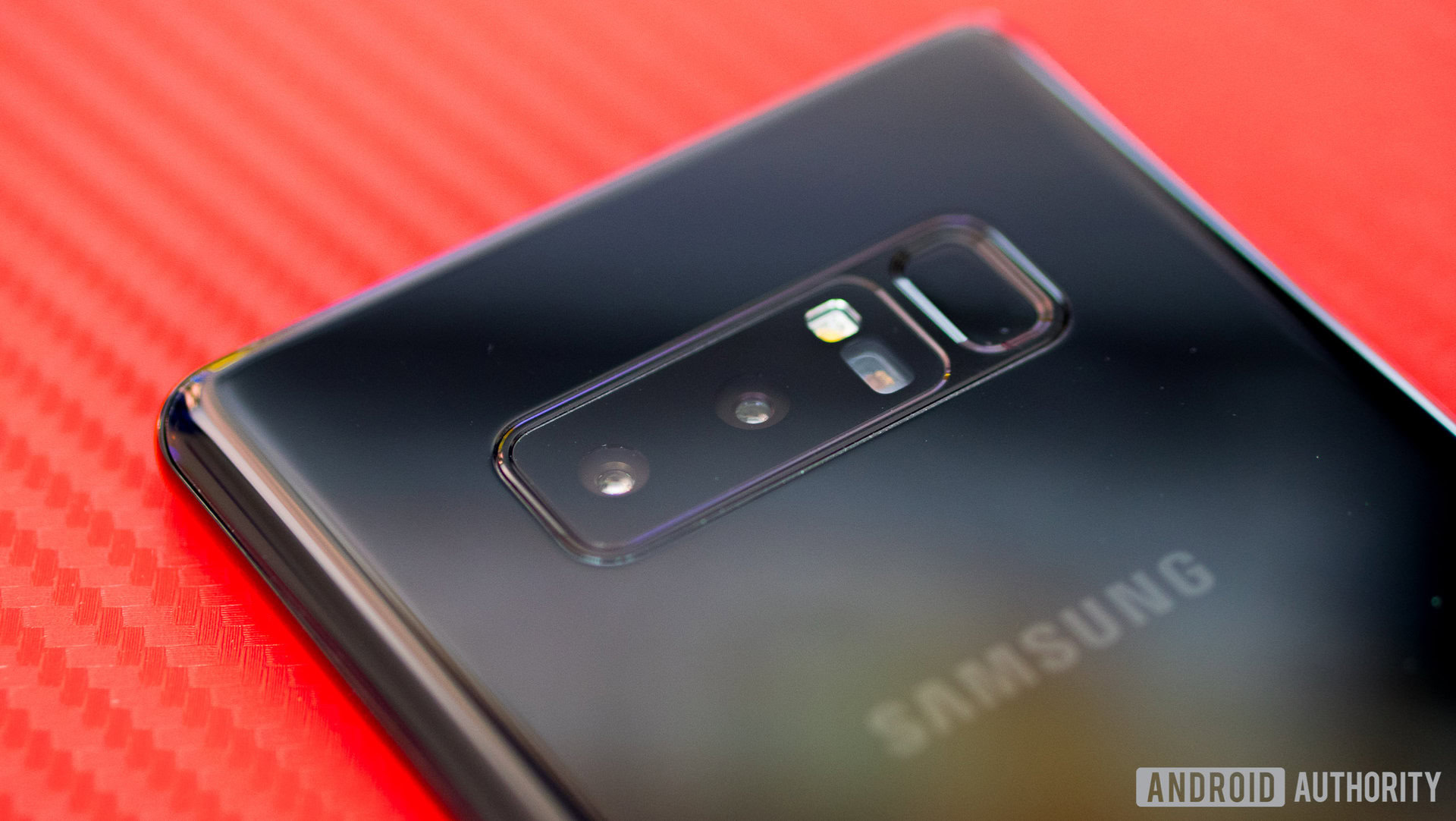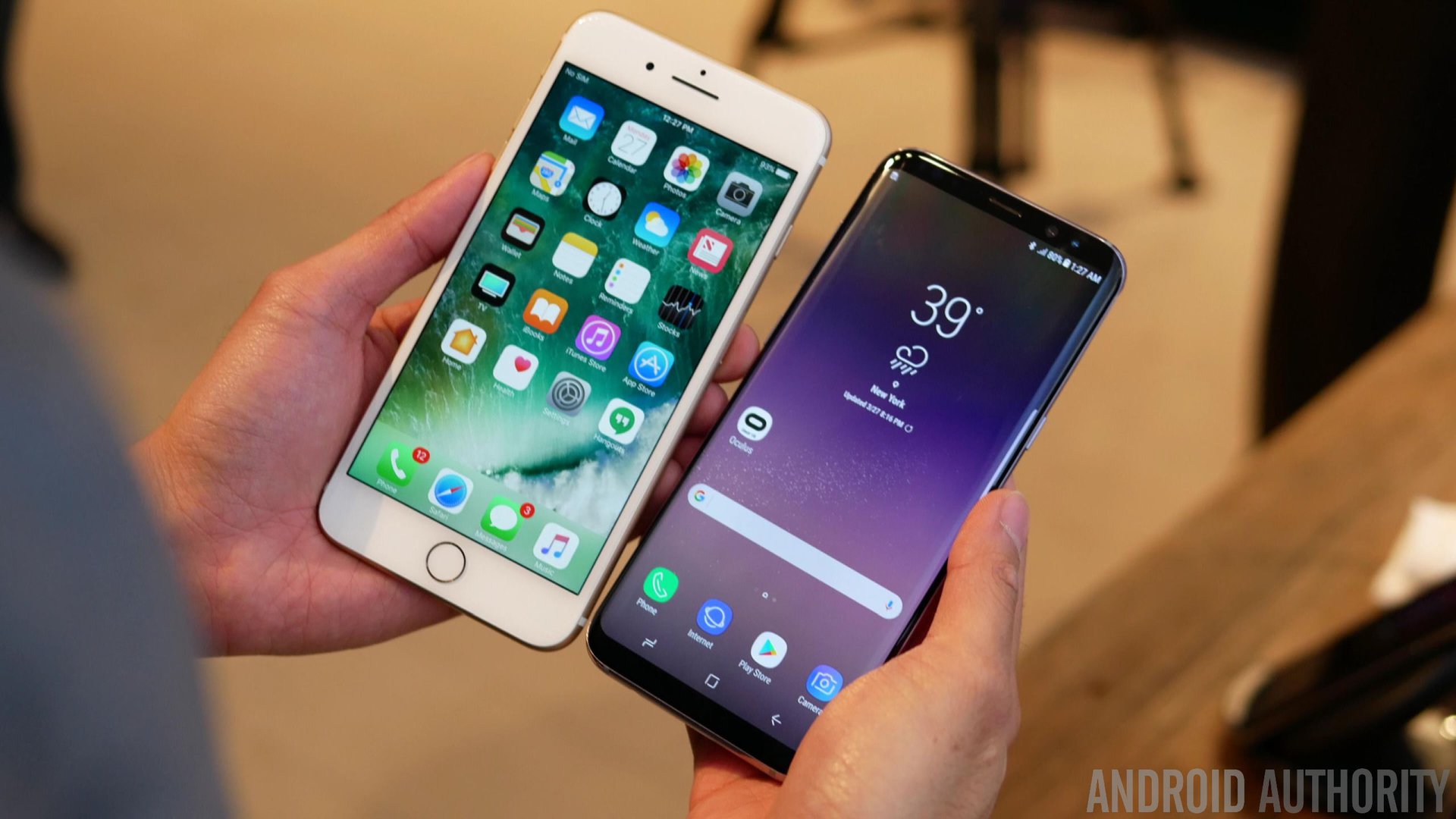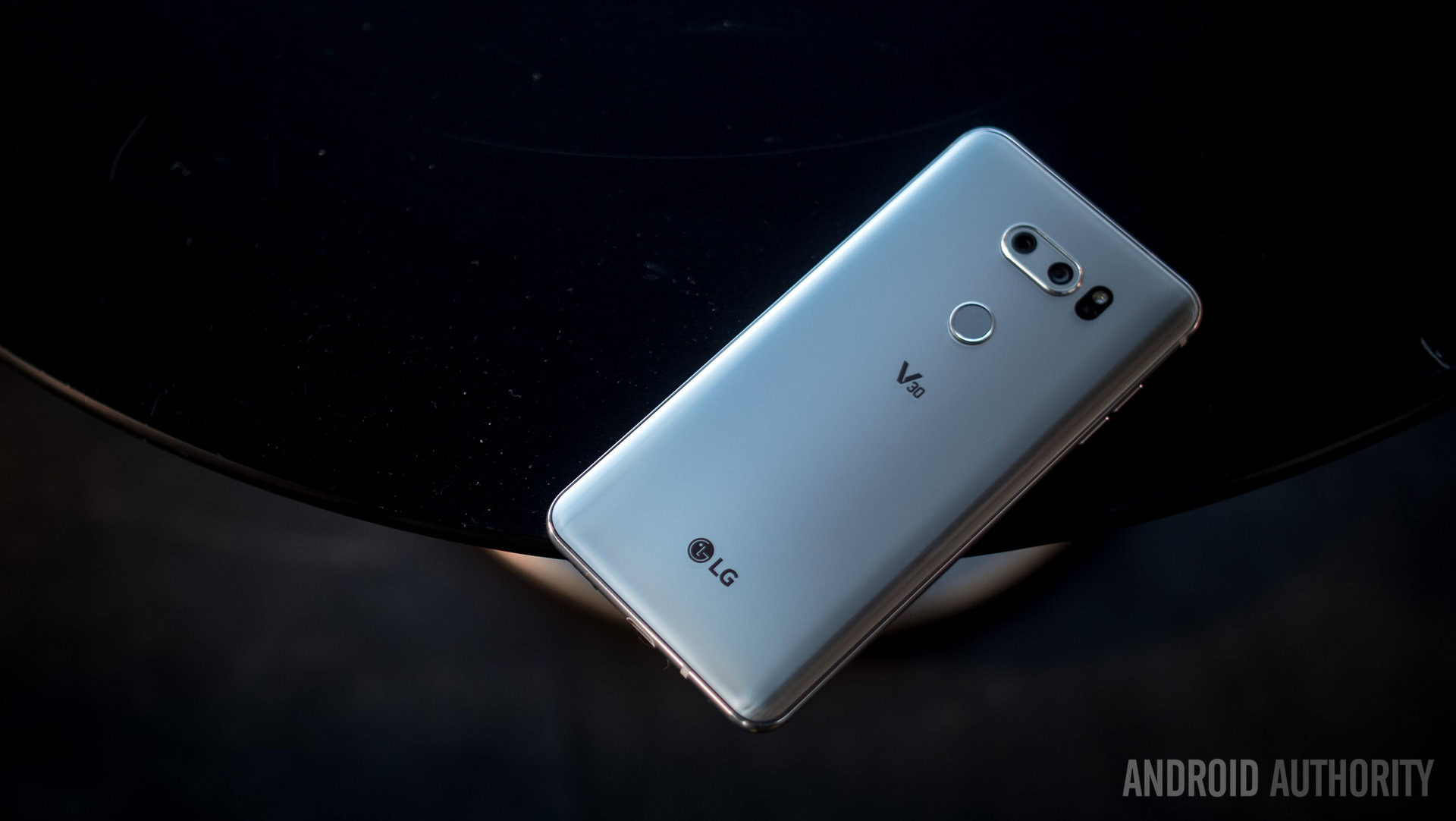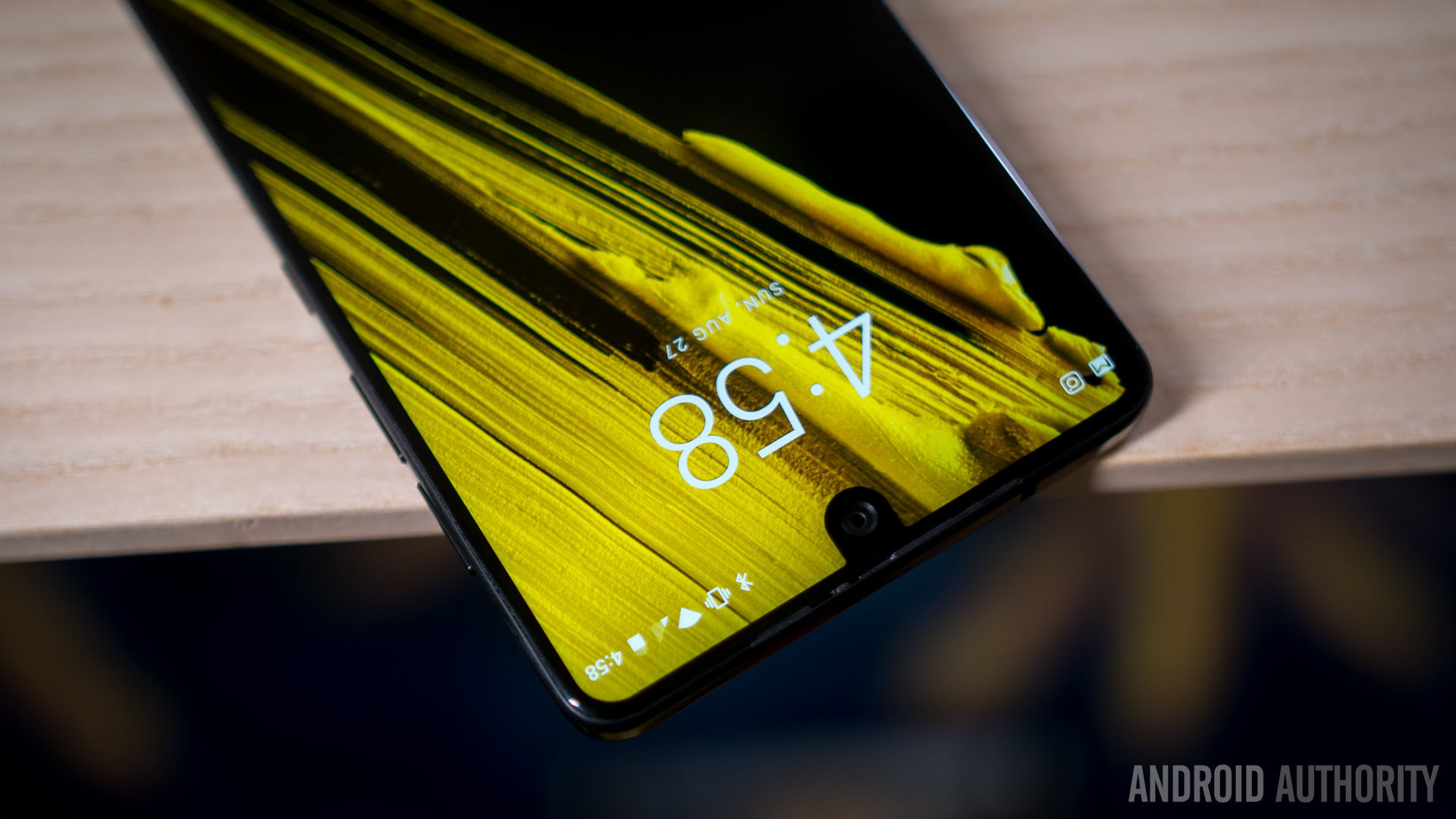Affiliate links on Android Authority may earn us a commission. Learn more.
$1,000 phones are an inevitable side effect of commoditization

Top-tier smartphones have always been a reasonably expensive purchase, but the close to $1,000 price tag of the new Samsung Galaxy Note 8 and iPhone refresh has put many consumer heads (and wallets) into a spin. They’re ultra-expensive, no doubt, but some will argue that the sheer amount of cutting edge technology packed into these phones justifies the price hike.
Let’s face it though, charging $1,000 or more is just as much about setting the brand up as a premium player in the eyes of consumers as it is about paying for cutting edge technology. There are plenty of phones out there already that offer snappy performance, excellent pictures, a crystal clear display, and all the software features you could want for $500 or even less, but they seldom permeate the headlines.

Innovation vs commoditization
Of course we know that this whole exercise isn’t a new phenomenon. Smartphone companies are perpetually trying to one up each other by being the first to a new technology, adopting more expensive materials, or reinvigorating their design in a bid to stand out and command that high price point. The question of “do you really need this feature” always pops up when making an expensive tech purchase.
However, the mature nature of the smartphone industry is shifting this dynamic to greater extremes, and has been for a number of years now. This is mostly a result of falling component prices and lowering barriers to market, resulting in more than “good enough” phones that don’t cost an arm and a leg. The rise of Xiaomi, HUAWEI, vivo, OnePlus, and others have been built on this trend, while once major companies like HTC, Motorola, and Sony have fallen victim to this competitive nature of commoditization. The somewhat obscure term “super-mid-tier” is more relevant than ever now.
It would be ridiculous to suggest that any manufacturer declare 'we no longer want to innovate, we've perfected the smartphone', but the flipside is that top-tier prices will keep going up.
In the flagship space, the only way to stay out of the commoditized price war is to keep offering more and more premium features. But how do you justify a higher price point when cost effective phones are quickly copying so many of these features just a year later?
The key, of course, lies in investing in expensive emerging technologies. The most successful flagship tier manufactures have been quick to hop on trends like VR support, HDR displays, high quality audio, iris scanners, and dual cameras, which can be sold as next-gen improvements even if each generation results in a smaller improvement than the last.
It’s no accident that no sooner had 5-inch OLED prices fallen to match LCD that new, more expensive “bezelless” designs began appearing to keep the leaders out in front. It’s also very convenient that optical zoom dual lenses are now popular so quickly after last year’s single cameras started producing truly amazing photography results. Samsung is even going so far as to enable its phones to work as desktops with Dex, in a bid to cater to the enterprise markets too. I’m not decrying these new technologies, because innovation is always great, but we must acknowledge that this is one of the main reasons why premium prices keep creeping up. It’s not just about hardware costs, but R&D, software, and ecosystems too.

Attempting to out-Mac Apple
A rather good place to look if we want to see where this is heading is to the laptop space. The market is heavily commodified with one notable exception – Apple’s Macbooks.
Macbooks continue to command a significantly higher price point than most other laptops, with the exception of niche manufacturers operating in the enterprise and gaming markets. Part of this is down to unique features and software (although I’ll let you decide if the Touch Bar and Retina Display justifies the price), along with a slim, lightweight premium build. But arguably the biggest factor is the Apple Mac brand – it’s expensive, and it’s therefore expected to be the best.
The iPhone has shown that branding is a powerful tool, and Samsung continues to beef up its market jargon to ensure customers know where it's adding value.
Apple isn’t alone in its marketing shenanigans though, Samsung has been increasingly taking a similar line with its smartphone advertising.
The Galaxy Note 8 and S8 offer a thin bezel display with HDR and an 18:9 ratio, but Samsung calls this its Infinity Display, whatever that means. The latest flagships don’t just support boring old peripherals either, these now fall under Samsung’s “Phone+” branding and include things like Dex, Gear VR and the Gear 360 camera. Furthermore, the company can’t settle for Google Assistant as it’s too close to what everyone else has, so Samsung has its own Siri competitor in Bixby. Branding is a powerful tool, and Samsung continues to beef up its market jargon to ensure customers know where it’s adding value.
There are similar comparisons to be made when we compare the mid and high tier smartphone markets to Windows laptops too. Brand reputation still factors in a little, as no-one wants their new laptop or phone to break within a month, but it’s probably not as important as bang for buck. Interestingly, the laptop situation has seen Lenovo take a huge slice of the market, and it’s possible that the smartphone market may begin to coalesce around a smaller number of not-quite-flagship brands, if price pressure squeezes others out of the market.
It’s a seemingly odd state of affairs where the most expensive models keep upping their prices, while the middle ground undergoes a price war. But that’s exactly what happened in the laptop, TV, and audio markets, and it’s what’s happening with smartphones too.

Find a niche, and quick
For smartphones, breaching the $1,000 mark seems like a sign that Apple and Samsung, and to a lesser extent HUAWEI with its Porsche Design Mate 9 last year, are trying desperately to avoid being lost in the sea of cost effective smartphones. History tells us that falling behind this premium perception curve can quickly kill off a brand. See what happened to HTC, Motorola, and Sony after they failed to keep up with the premium players despite previously leading the mobile field.
Neither of the big two are immune to a similar fate, despite their seemingly secure positions. Even Apple is finally feeling the need to reinvigorate its iPhone range after a plateau in smartphone growth over the past couple of years. That being said, charging a fortune isn’t going to be the only way to ensure success as a premium smartphone brand. Finding a suitable niche can be just as effective.
LG is working hard in this regard to develop its premium products as media-centric devices. LG has put a lot of emphasis on its camera quality and video shooting options with the new V30, and is also catering to the audio crowd with its inclusion of a third-party DAC, once the domain of HTC. Likewise, Huawei’s HONOR is standing out for offering exceptional value, photo and build quality in the mid-tier. The key is to continue to appeal to consumers in a meaningful way and not just with a one hit wonder, but by building a longterm reputation.
Better specs and higher price tags will only get many manufacturers so far, instead we may see more brands begin to specialize in areas like media or gaming.

I will end by noting that the race at the high-end isn’t just between the two most popular horses. HUAWEI and Google are well positioned to fight for a piece of the premium pie too, and I wouldn’t be surprised if these brands end up charging close to $1,000 if not more for their top of the line products going forwards either, given the amount of R&D these companies are spending. Although I, along with most of you I’m sure, would be happier if they choose to undercut the competition.
The question we have to ask ourselves is which camp are we prepared to fall into – the one chasing the ever expanding pricetag or the one that’s happy with just getting the job done?